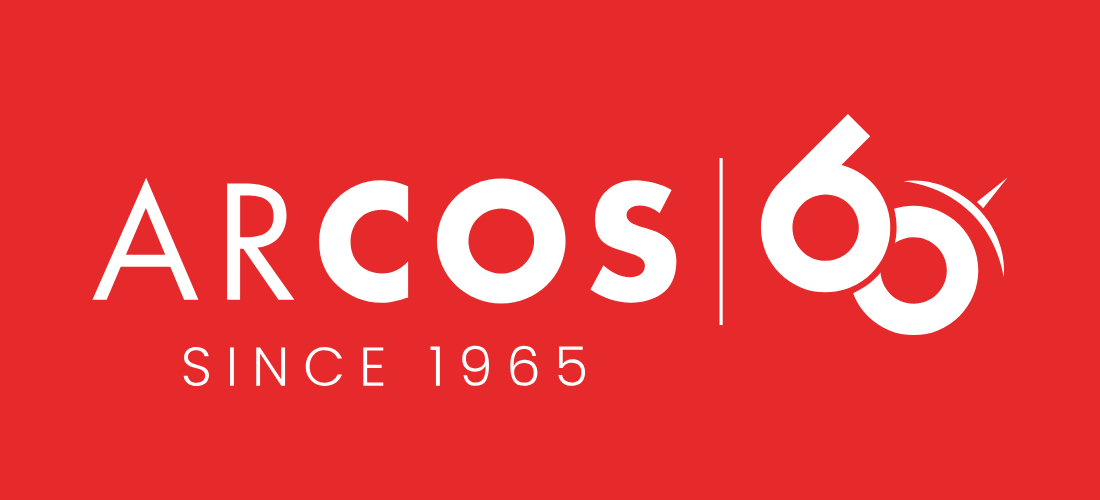When people talk about deburring in aerospace, they are referring to items intended for extremely delicate military or civilian projects. It is therefore essential that these components have no defects and meet the highest critical tolerances.
Deburring makes it possible to remove those details from the surface that could affect the final use of the part: burrs could obstruct passages, create turbulence in flows, misalignment of parts or have an influence on dimensional tolerances. These are all elements that define the overall efficiency of machined parts and, in such a relevant area, are the priority.
What, then, are the deburring methods suitable for aerospace? We discuss them here, through a concrete example of a successful application.
Table of Contents
The deburring process: why and how it’s carried out
Deburring is the surface finishing method that allows the removal of defects, called burrs, due to the performance of other processes and that can form after operations such as: casting, cutting, stamping and many other processes. Thanks to deburring, it is possible to make the surfaces of objects more homogeneous, allowing the subsequent steps of grinding or polishing to be carried out.
Three main deburring processes can be distinguished:
- Aesthetic deburring is useful when the machined object will not have to perform a particular function of use, but must fall within precise aesthetic standards. Just think of how important it is for the furniture, fashion, and accessory industries to present well-crafted objects that are free of defects and visibly cared for.
- Precision deburring, on the other hand, is useful precisely for those items intended for specific application functions and therefore tied to defined shapes and surface uniformity. In this case, it is perfectly suited for the delicate fields of Automotive, Aeronautics and Aerospace.
- Honing is used only in cases where there are carbide tools that can be machined by immersion in diamond powder, put into rotation.
Aerospace deburring methods
Many companies choose to outsource the deburring process or invest in specific equipment to do the work manually. Notable deburring methods for aerospace include thermal, abrasive flow, electrochemical, and high-pressure water: all of these processes effectively remove burrs, but they require excessive time that weighs down production and cost through an operation that is tiring and demanding.
Manual deburring, moreover, does not allow to reach all surface points to be machined when complex geometries are present: automatic deburring, on the contrary, quickly and uniformly has access to any point on the part, guaranteeing flawless results.
The advantages of robotic deburring
Entrusting such painstaking processing to automated systems, in fact, provides significant benefits. Not only is high and consistent operational accuracy guaranteed, but the process allows for the elimination of downtime by machining multiple items in a record time. In this way, production sees an overall optimization both quantitatively and qualitatively.
In addition, this approach allows operators to avoid a tiring, repetitive and dangerous task to be done manually. Injuries in the workplace are thus avoided for a more serene and safer environment where the operator can perform less alienating and more satisfying tasks.
Deburring for aerospace with Arcos systems
Deburring methods for the aerospace sector are part of the range of solutions that Arcos has been offering for years to companies wishing to optimize their production processes. The deburring performed on objects destined for the aerospace sector is carried out above all to ensure precision deburring: the high standards of this field and the crucial role played by machined tools in their intended use require extremely meticulous precision, which is always respected in the systems designed by Arcos.
Deburring robots are individually organized for each reality and can perform machining:
- via abrasive belts,
- by means of precision tools.
In the former case, the belts apply abrasive power directly to the burr to be removed; in the latter, the tools are mounted on electric or pneumatic rotating spindles.
A concrete example with Arcos
Seeing a robotic system in action provides a clear understanding of how efficiently deburring can be carried out.In this video, automatic burr removal from micro-fused turbine blades with different twists can be observed.
Each system is designed and developed tailored to each individual production reality. In this case, two Fanuc robots were included to perform distinct but complementary tasks: while one robot grasps the object to be machined with grippers, the other removes burrs present with specific tools. The result is undoubtedly flawless.
Conclusions
It’s crucial to make an informed choice when it comes to deburring methods for the aerospace industry. This field requires finely machined objects to ensure components fit together correctly and avoid errors that can be crucial. An automated deburring system is a guarantee of accuracy, speed, and the ability to make time, machined parts, and operator welfare more efficient.
To get the robotic deburring system tailored to your production reality, contact us: Arcos technicians will study the best solution for your company.

